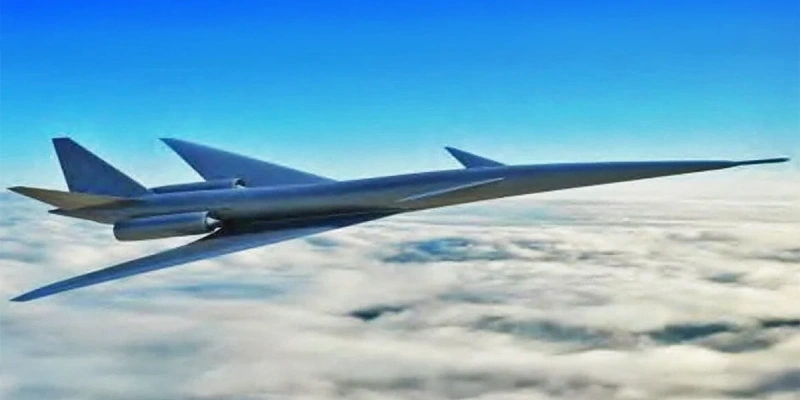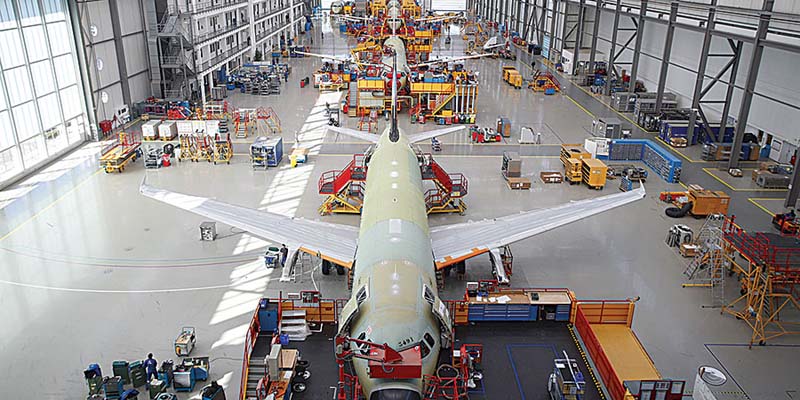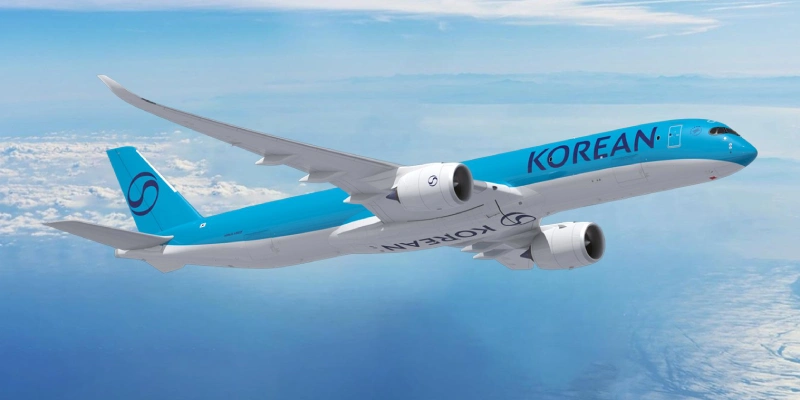China has officially joined the supersonic aviation race—or more accurately, the supersonic flight race. The state-owned Commercial Aircraft Corporation of China (Comac) has discreetly revealed its plans to develop a supersonic passenger aircraft named the C949, which promises to surpass the legendary Concorde in both range and acoustic efficiency.
According to a report by the South China Morning Post, Comac presented the first technical details of the C949 in an academic paper. Powered by a 1.6-megawatt system, this aircraft would not only fly faster than the Concorde but also travel farther and with significantly reduced noise impact.
Beyond the Concorde: Range, Speed, and Silence
One of the C949’s major promises is a 50% increase in flight range compared to the Concorde. However, the real breakthrough lies in its acoustic design: the aircraft features a curved fuselage that softens shockwaves and reduces the sonic boom to a level comparable to a hair dryer.
This focus is no small matter. In many countries, restrictions on supersonic flights have been primarily driven by noise concerns. The C949 aims to circumvent these regulations with a design that prioritizes quietness without compromising performance.
Who Else Is in the Race?
Since the Concorde’s retirement in 2003, no commercial supersonic aircraft has been in service. Yet, the race to reclaim the skies at Mach speeds has not stopped. Among the most advanced projects are:
NASA and Lockheed Martin’s X-59
The X-59, a collaboration between NASA and Lockheed Martin, will fly at Mach 1.4 (1,730 km/h) at an altitude of 55,000 feet (16,700 meters). Designed to produce a sound equivalent to a car door closing, this aircraft aims to reintroduce supersonic flights with minimal noise impact.
In March, NASA confirmed that the X-59 successfully passed its engine speed control test, the final step before its anticipated maiden flight later this year. Paul Dees, deputy chief of propulsion for the X-59, stated that the aircraft’s systems performed “as expected.”
Boom Supersonic and Its Overture
Meanwhile, Boom Supersonic has made significant strides with its XB-1 prototype, which reached 1,207 km/h at over 35,000 feet in January without generating a sonic boom.
Boom plans to launch its commercial Overture aircraft before 2030 and has already secured agreements with United Airlines, American Airlines, and Japan Airlines—pending the aircraft’s compliance with safety standards.
Europe Joins the Research Effort
In parallel, the European Commission has funded several studies to reduce the noise and environmental impact of supersonic aviation. Notable projects include RUMBLE 2022, SENECA 2020, and the ongoing MORE AND LESS.
What’s Next for the C949?
Though still in its early stages, the Comac C949 represents a clear statement of intent from China: to lead the next era of supersonic air travel. With a technical approach focused on performance, range, and silence, this aircraft could emerge as a serious competitor if it comes to fruition.
For now, the international community is watching closely, awaiting official confirmations and tangible progress. The post-Concorde era may be closer than we think.
Related Topics
Airbus Confirms Delivery of 78 Jets in October, Faces Challenge of Delivering 235 More in Two Months to Meet Annual Target
Wizz Air Delays Airbus Jets Deliveries Until 2033 and Reduces A321XLR Order
Airbus Delivers 78 Aircraft in October, Sources Said
Korean Air Becomes New Airbus A350F Customer

Plataforma Informativa de Aviación Comercial con 13 años de trayectoria.




